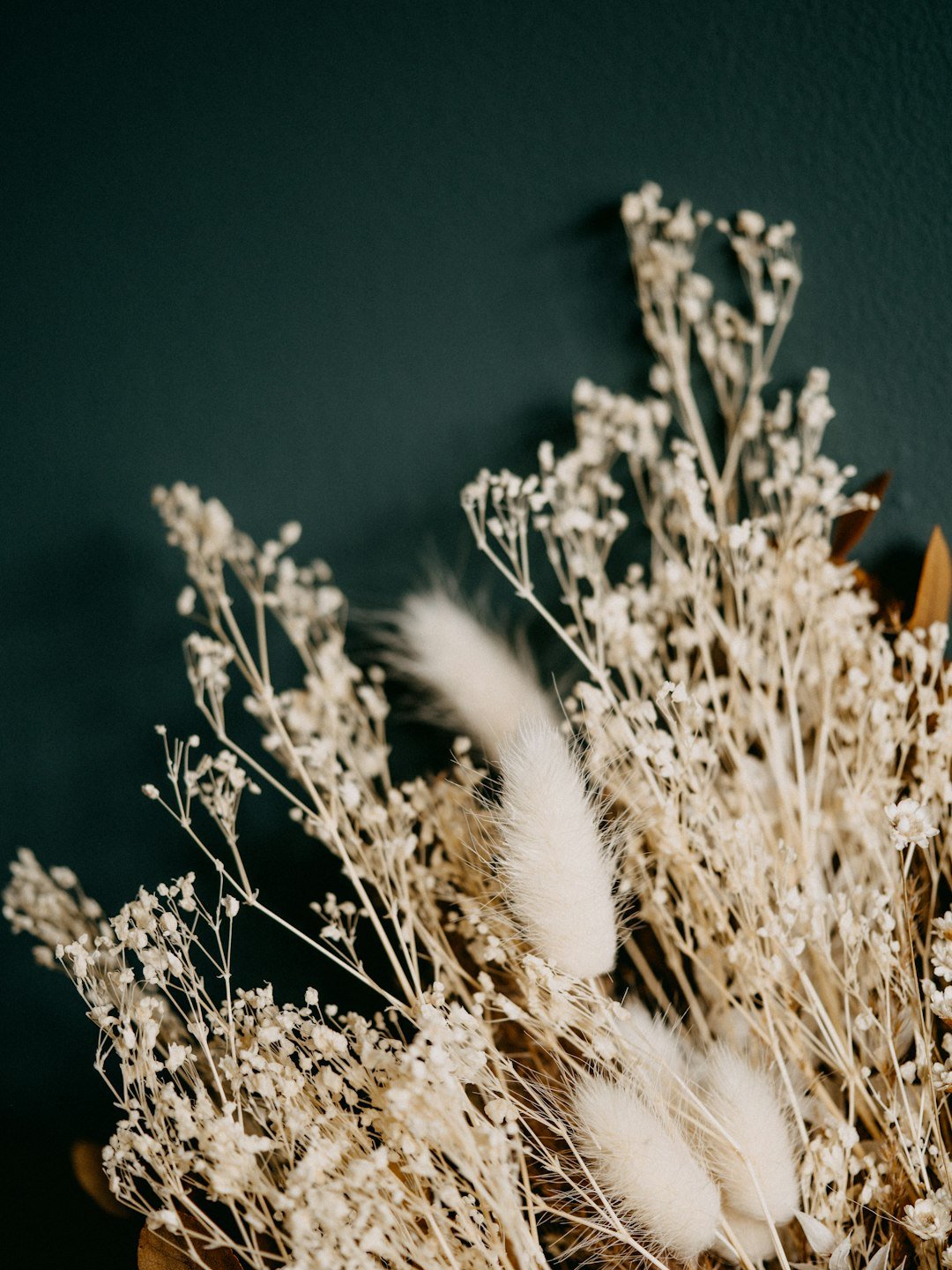
Flower preservation is more than just a way to keep your favorite blooms alive; it’s part of an important conversation about sustainability and ecological impact. As we increasingly turn our attention to the environmental consequences of our choices, it’s vital to understand how the methods we use to preserve flowers can affect the planet. In this article, we will delve into the various techniques used for flower preservation, their environmental impacts, and how you can make more sustainable choices.
The Art and Science of Flower Preservation
Flower preservation involves techniques designed to maintain the beauty and structure of flowers beyond their natural lifespan. Common methods include:
- Drying: Flowers are air-dried or silica gel-dried to remove moisture.
- Pressing: Flowers are flattened and dehydrated between two pieces of paper.
- Glycerin Preservation: A glycerin solution replaces the natural water content in the flowers.
- Resin Encapsulation: Flowers are suspended in resin for long-lasting display.
Each method has its unique charm and aesthetic qualities, but they also come with differing environmental footprints. Let's explore these options in more detail.
The Environmental Footprint of Flower Preservation Techniques
1. Drying Flowers
Drying flowers is one of the most popular methods of preservation and is generally considered an eco-friendly option. However, factors like energy consumption and the carbon footprint of the flowers themselves play a crucial role in their overall environmental impact.
- Energy Use: If you use electric dehydrators or ovens, consider the energy consumption involved. Opt for air-drying methods when possible.
- Source Matters: Locally sourced flowers have a smaller carbon footprint compared to exotic varieties transported long distances.
2. Pressing Flowers
Flower pressing is another sustainable way to preserve blooms, primarily if done with minimal equipment. This method can be almost entirely manual, reducing machine usage and energy consumption.
- Low Impact: You mainly need books or specific flower pressing tools, minimizing resource use.
- Natural Preservation: Pressed flowers can last indefinitely, provided they are stored in a suitable environment away from direct sunlight.
3. Glycerin Preservation
Glycerin preservation has gained popularity, as it allows flowers to maintain a fresh look and feel. However, this method raises some environmental concerns.
- Glycerin Sources: Most glycerin is derived from plant oils, but its extraction can come with environmental costs. Look for sustainably sourced glycerin.
- Water Use: Be mindful of the water consumption associated with sourcing raw materials for glycerin.
4. Resin Encapsulation
Resin encapsulation is a stunning way to preserve flowers, but it's essential to understand the environmental implications of this method.
- Synthetic Products: Most resins are synthetic polymers, which can be harmful to the environment due to their non-biodegradable nature.
- Recycling Potential: Consider that not all resin products can be easily recycled, leading to wastefulness.
Environmental Impact Beyond Preservation Methods
Understanding the environmental impact of flower preservation also requires looking at how flowers are grown, harvested, and distributed.
Sustainable Farming Practices
The way flowers are farmed plays a significant role in their overall environmental footprint. Sustainable practices include:
- Organic Farming: Utilizing no chemical pesticides or fertilizers ensures that the ecosystem remains balanced.
- Water Conservation: Efficient irrigation methods can minimize water waste.
- Crop Diversity: Diversifying plant species helps improve soil health and decreases dependency on single crops.
Transportation and Carbon Footprint
The carbon footprint doesn't stop at how flowers are farmed; their journey to your home is equally important.
- Local Sourcing: Procuring flowers from local farms significantly reduces transportation emissions.
- Seasonal Blooms: Choosing seasonal blooms means lesser energy is used for greenhouse production and transport.
Making Eco-Friendly Choices in Flower Preservation
So, how can you participate in creating a more sustainable future when preserving flowers? Here are actionable tips to consider:
1. Opt for Locally Sourced Flowers
Support local floral farms instead of mass-produced flowers that have traveled long distances. Not only does this help reduce transportation emissions, but it also supports your local economy.
2. Choose Sustainability-Certified Preservation Supplies
If your preservation method requires supplies, look for products that are sustainably sourced or made with eco-friendly materials.
3. Embrace Eco-Conscious Tools
For methods like pressing, consider using recycled or upcycled materials for pressing. Even improvising with household items can minimize waste.
4. Experiment with Natural Methods
Consider utilizing methods that involve minimal processing, such as air drying or pressing. These methods reduce the need for synthetic products, making them more eco-friendly.
5. Educate Others
Share your knowledge and practices with family and friends. The more people understand the environmental impact of their choices, the better we can collectively make sustainable decisions.
Embrace Your Green Thumb
Understanding the environmental impact of flower preservation can truly enhance your appreciation for the beauty of nature. Each choice we make, from the flower's origin to the preservation method, carries with it an opportunity to love and protect our planet. By choosing sustainable practices and supporting local growers, we can ensure that the beauty of flowers lasts longer than just a fleeting moment. Every bloom you preserve becomes a beacon of sustainability, urging others to reconsider their own practices. Ultimately, with responsible choices, we can craft a world where our love for flowers and the environment harmoniously coexist.
